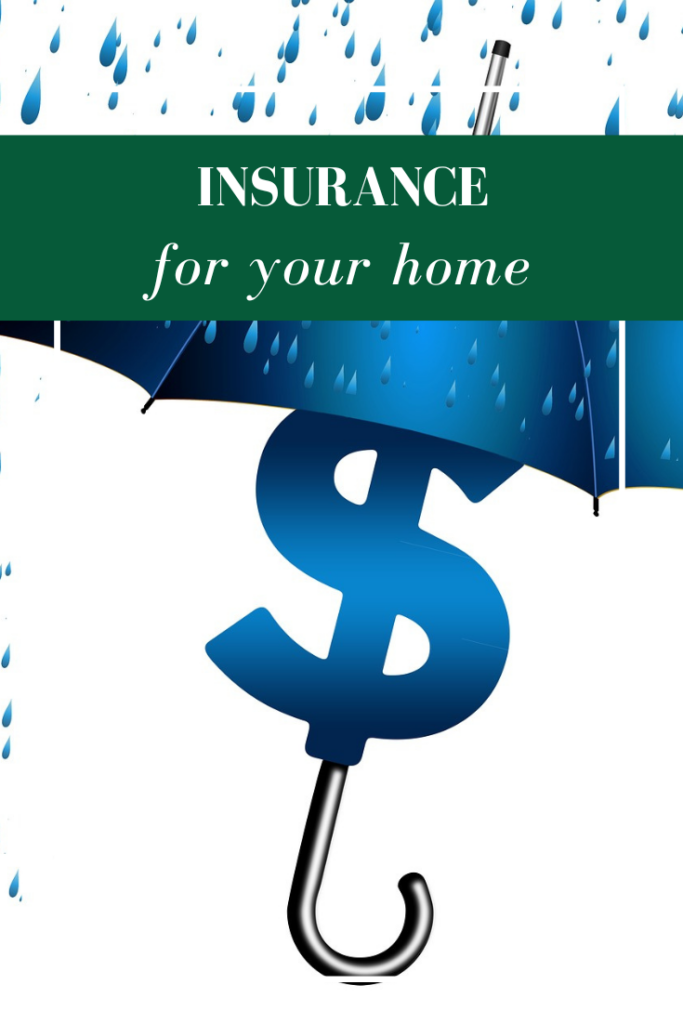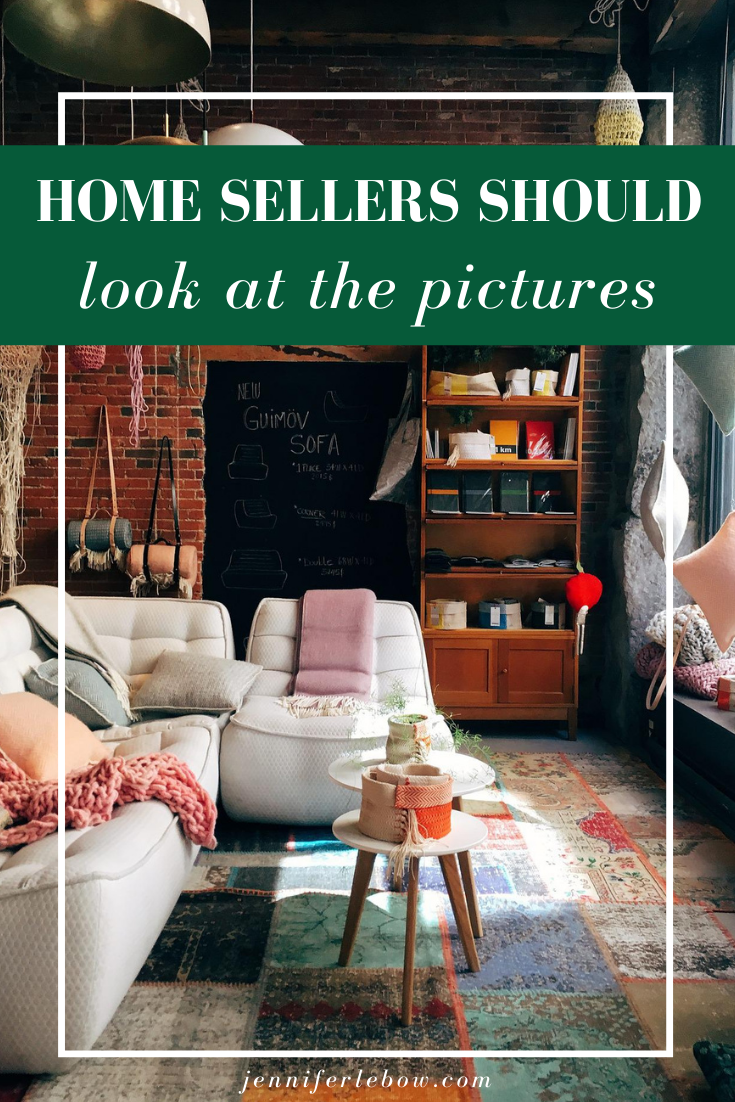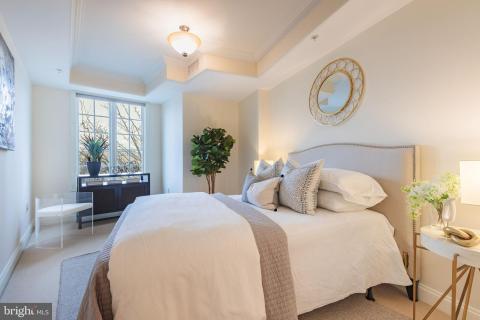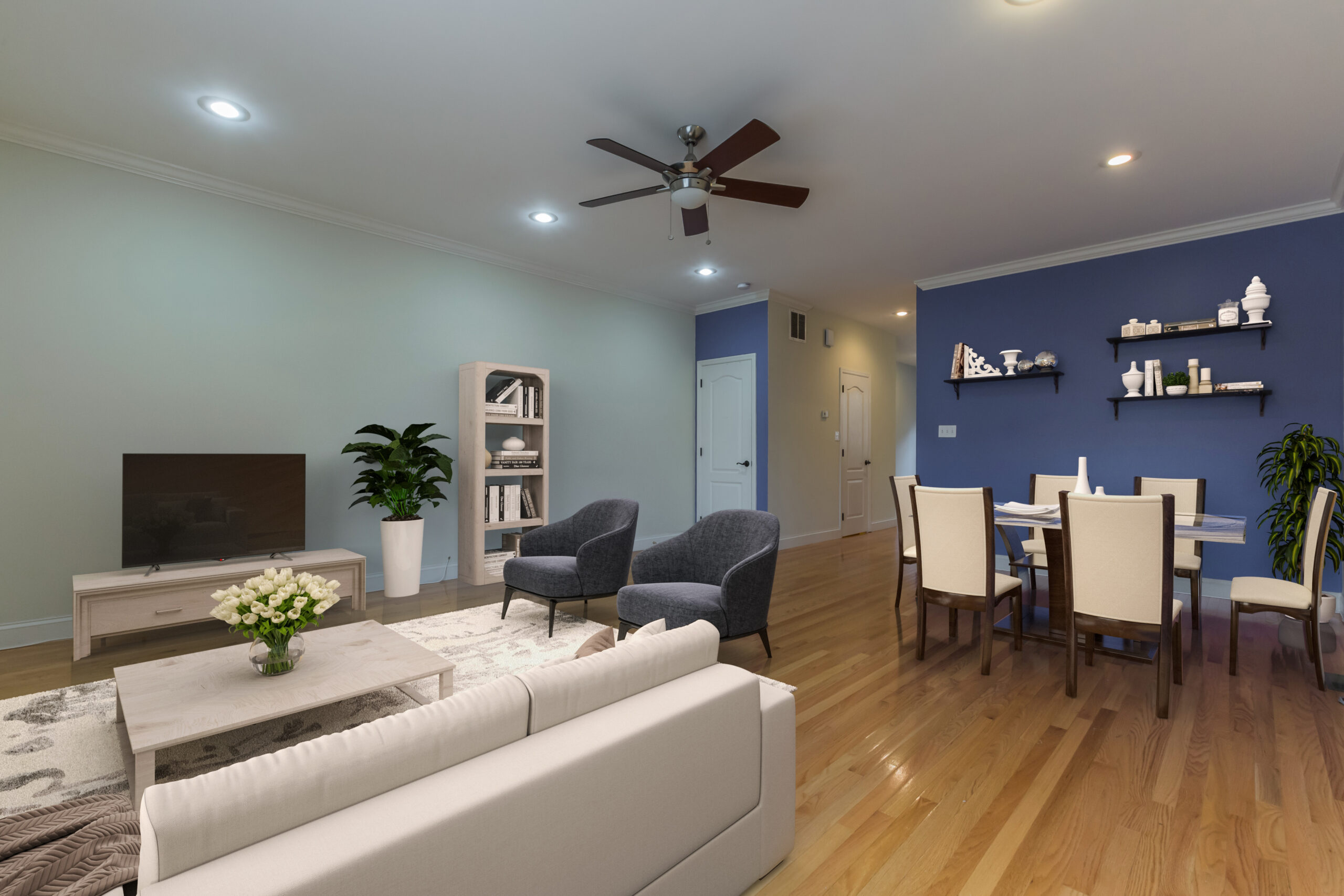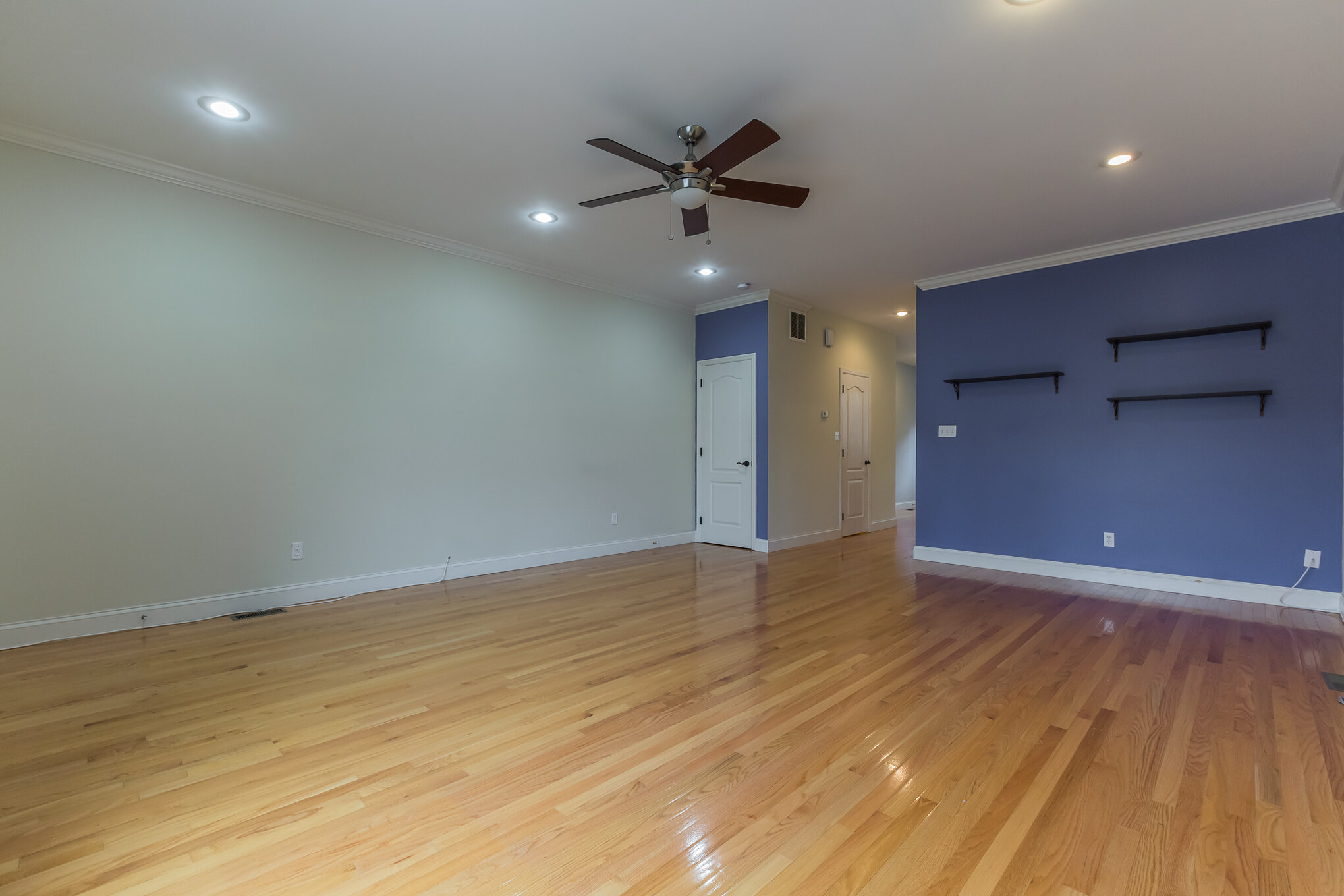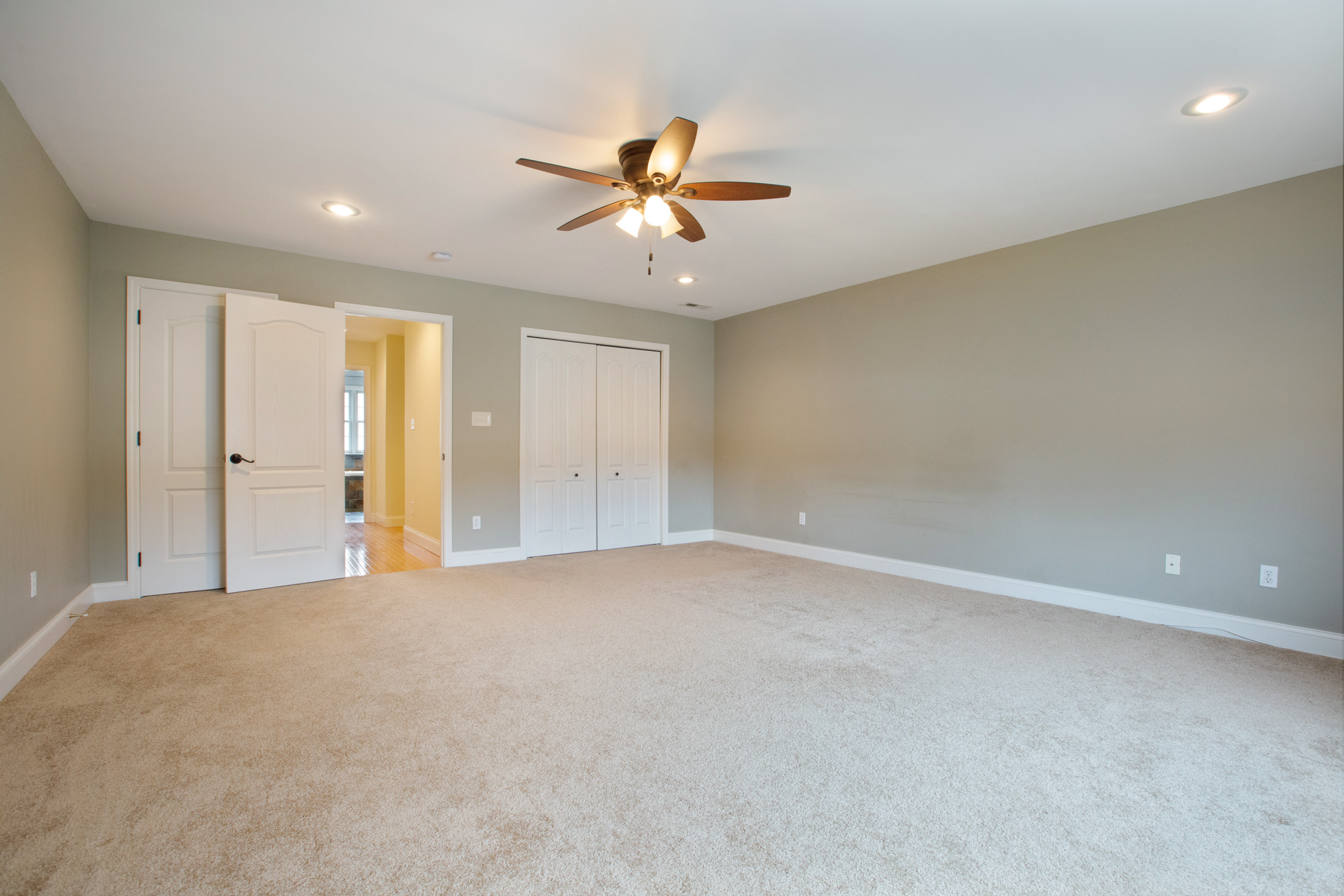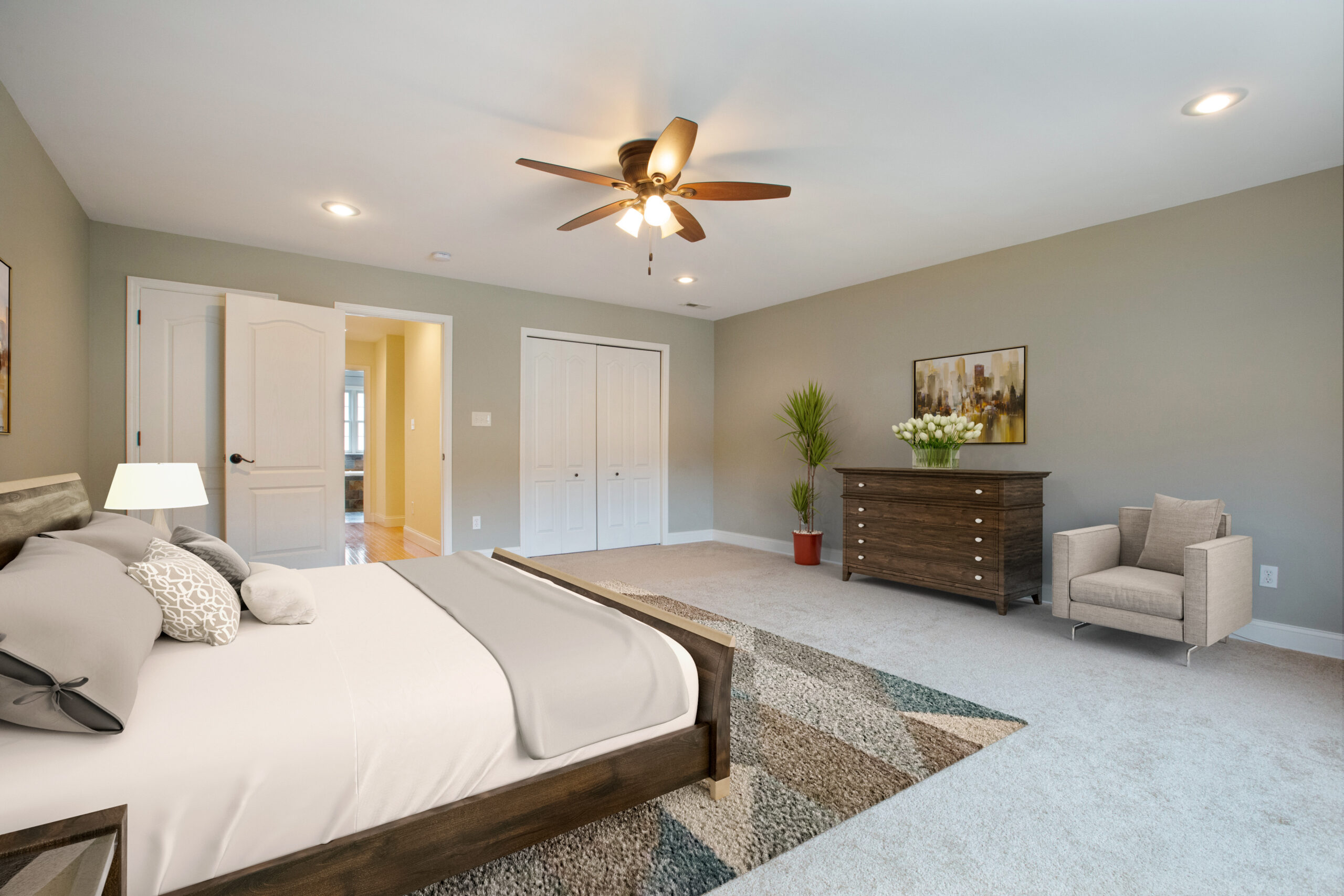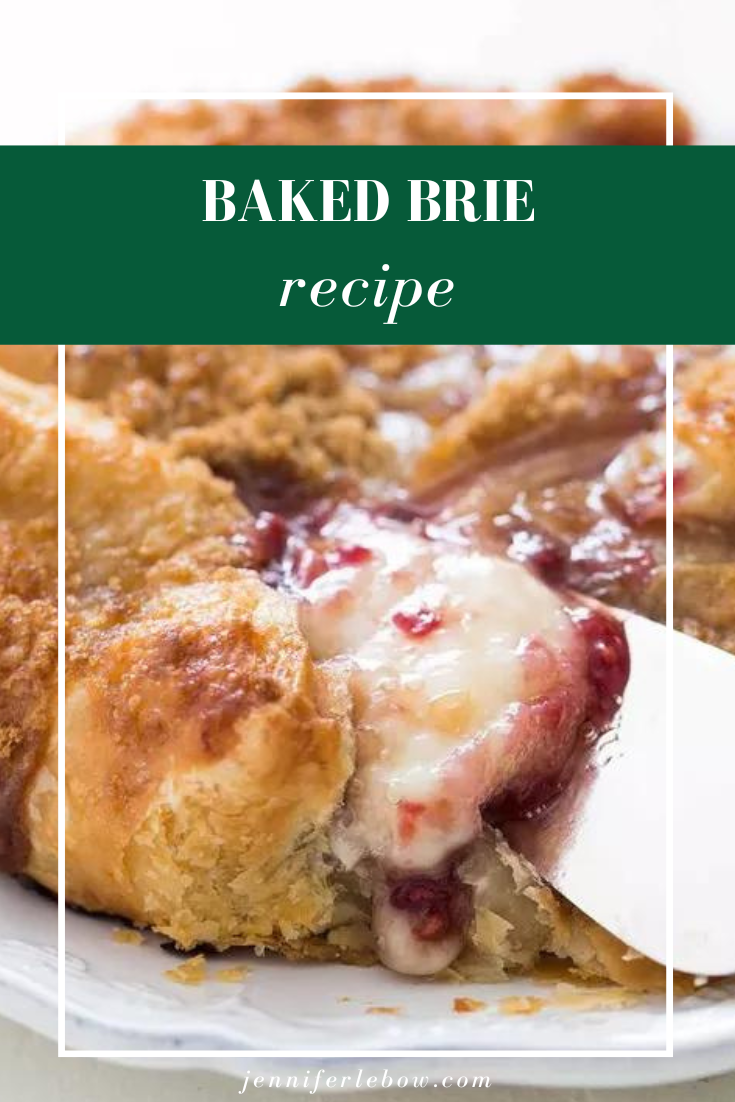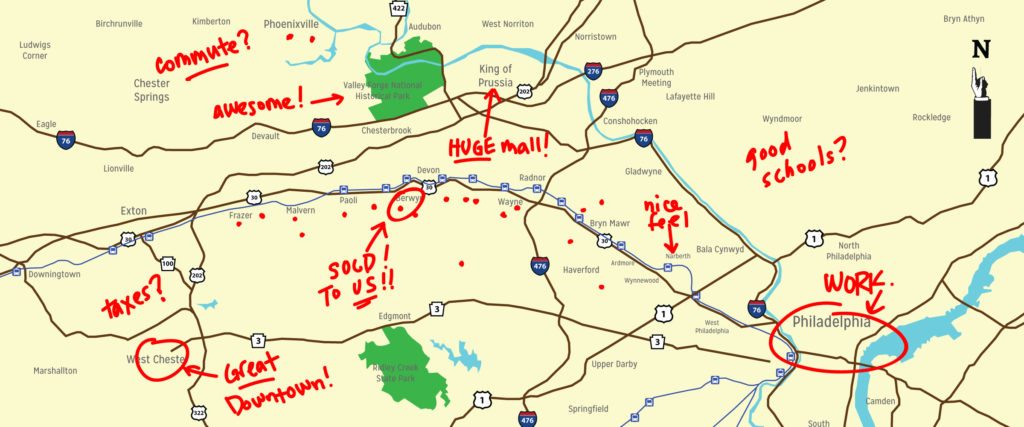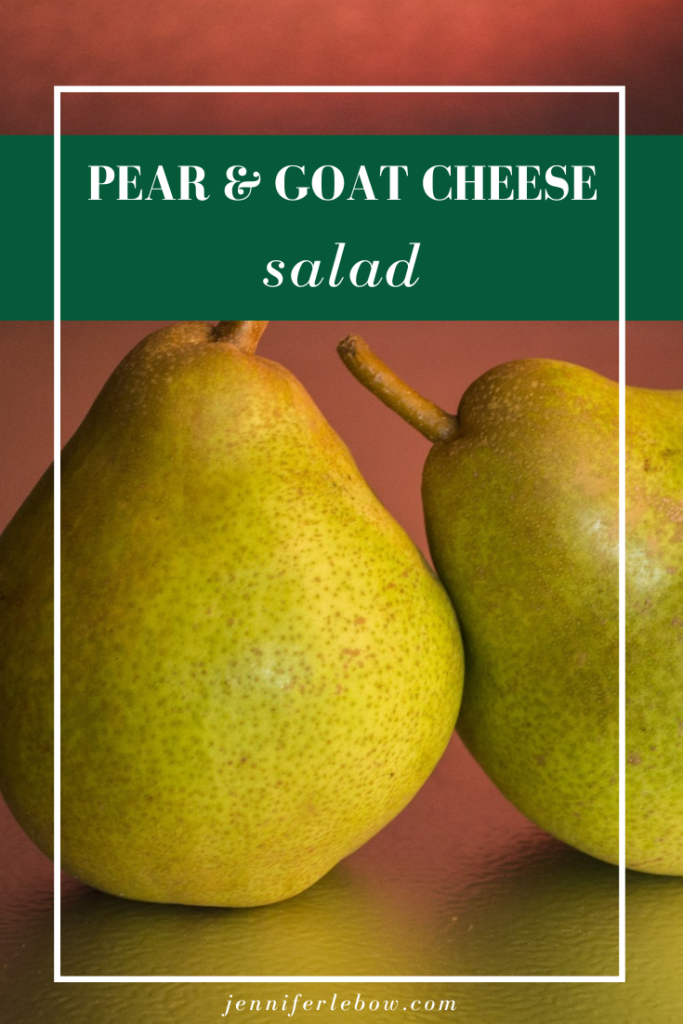
Jen LeBow’s pear and goat cheese salad recipe
Combine:
2 cut up Bartlett pears (ripe, but firm)
½ large sweet, crisp red apple (like honeycrisp, evercrisp or jazz)
1/2 cup goat cheese
1/3 cup candied pecans
1/3 cup chopped sweet red pepper
1-2 hearts of romaine, to preference
Dressing:
I like a fruity balsamic vinaigrette with this (try raspberry, strawberry or fig).
